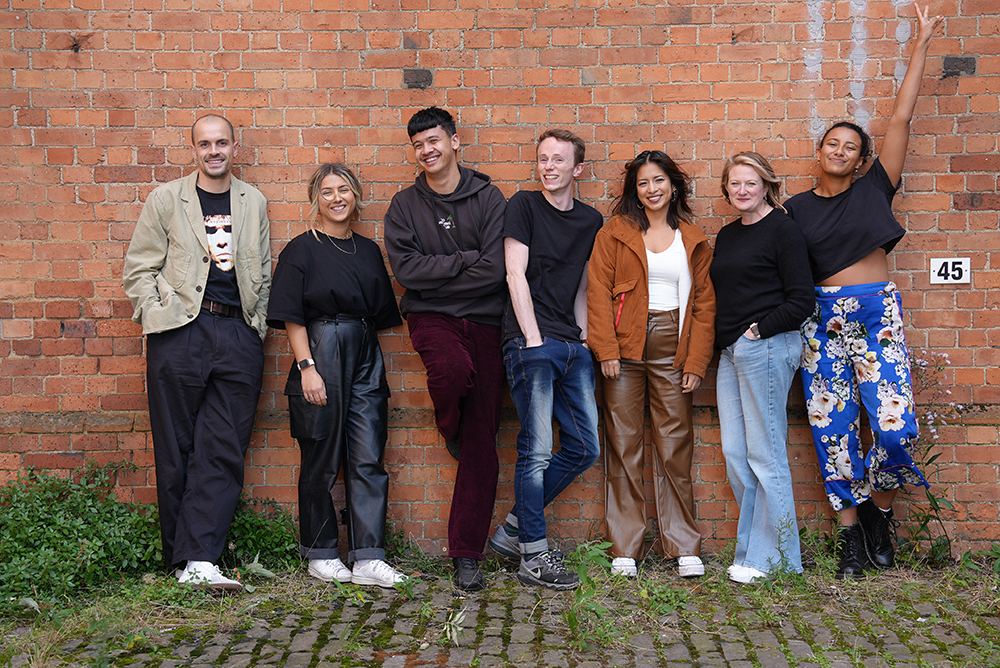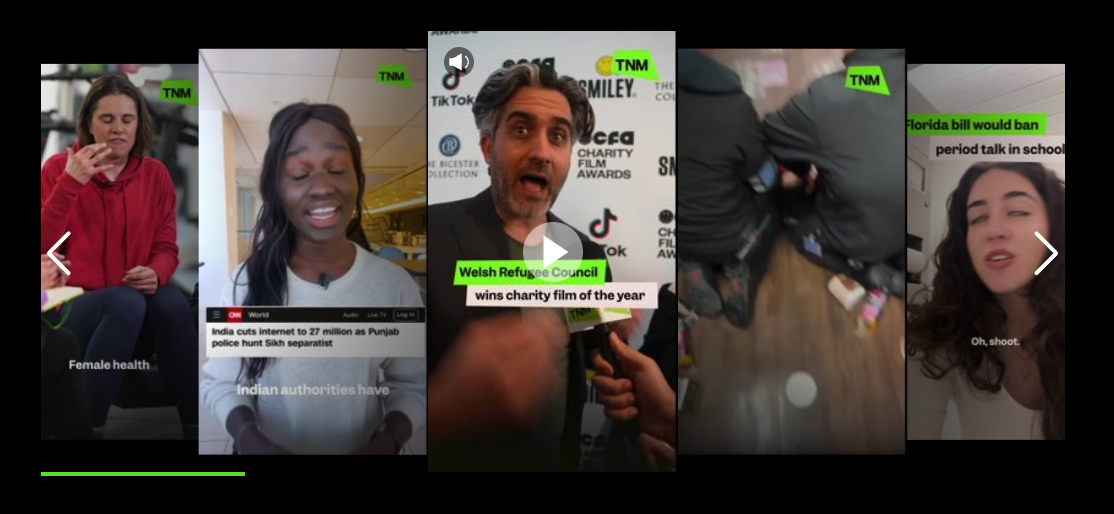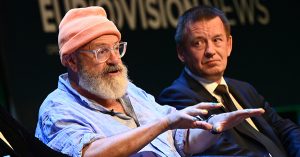When I was young, you could literally miss the news. At 9pm in the evening the BBC ran its major news bulletin and if you didn’t sit down and turn on the television . . .
“Damn, I’ve missed the news.”
It is not possible for my children – aged 19 and 22 – to “miss the news”. They no more have to sit down at a given time and turn on a television to see the news than they need to know what a telephone box is and why they might need a stack of coins to use one.
The news is always on, 24 hours a day, 365 days a year, from down your street, from around the world, breaking news, headlines, analysis, comment, rows, fights, shouting, fun facts, boring facts, any facts, on and on and on . . .
It goes.
The question we have to answer as an industry – and for anyone interested in high impact content creation – is simple.
What effect is this having? (spoiler alert, not great) And should we be worried? (spoiler alert, yes) And is there a solution? (spoiler alert, yes)

But first, let’s be full of praise for what we do as journalists, all day every day, watched and read, listened to and consumed by many, many millions of people. I have had the great privilege to enjoy a long career in what now might be described as “traditional media”. And I don’t mean that pejoratively – covering everything from the Dunblane massacre in 1996, the death of Diana, the Princess of Wales, the 9/11 attacks, the war in Iraq, the financial crisis, Covid. In all instances the importance of rigorous, fact-based news in understanding the world must never be forgotten. Whether that is by our great, commercial news businesses or publicly funded institutions (or a mixture of both) – news matters.
Journalism is “the fourth estate” holding those in government, the legislature and judiciary to account. Without independent, ethical reporting by skilled practitioners, democracy itself is at risk. Just ask those who live under repressive regimes what their rulers’ attitude is to a free media.
So, if journalism matters, what’s the problem?
One of my go-to sources for editorial insight is the annual Digital News Report by the Reuters Institute at Oxford University. This survey of tens of thousands of consumers from countries around the world spots the major trends – and issues that should concern us. It’s major finding is pretty simple.
News has a problem.
The report reveals that the connection between journalism and the public is fraying, including a fall in trust following last year’s positive bump, a declining interest in news and a rise in news avoidance.
This is particularly true amongst the young – those social media natives who have an abundance of information a thumb swipe away on the supercomputer in their pocket, the mobile phone. Our industry has sat and watched as the means of making and distributing information have fundamentally changed, away from producer interests and appointment to view and towards consumer interests and social feeds covering everything from skateboarding cats to the war in Ukraine, lip-sync videos of my mates on holiday and revolutions in Sudan.
We have not responded fast enough.
And here’s a solution . . .
We need something different. To be clear, this is not about replacing traditional news services. It is about adding to them. It is about the next generation of content that can sit comfortably in the spaces where huge audiences receive their first contact with what is going on in the world – social media. Across our two audience facing news brands, TNM and The Recount, we have more than 1.2m followers on TikTok, YouTube (Shorts and long form), Instagram, Twitter, Snapchat and our own mobile website.
The News Movement is a new breed of news content creators. We bring together the skills and rigour of senior news executives like my co-founders, William Lewis, the former publisher and CEO of the Wall Street Journal/Dow Jones, and Ramin Beheshti, former CTO of the same business, with the skills and story-telling smarts of the next generation of news creators such as Clodagh Griffin, Lucy Marley, Sigin Ojulu and Jackson Weimer.
Based in New York and London and partnered globally with The Associated Press and, in the UK, with National World (publishers of The Scotsman, Scotland on Sunday, the Yorkshire Post and a whole host of regional news businesses), everyday we listen to our audiences before deciding what we cover. Drug safety and festivals. Student debt. Andrew Tate and the “manosphere”. Are there really hidden messages about feminism in the new Barbie movie? How can we create a better planet? How do I look after my mental welfare?
This is not a slavish relationship with our audiences – as Henry Ford probably never quite said: “If I had asked my customers what they wanted they would have said faster horses”. To be really helpful, we need to do more than answer the questions our audiences are already talking about. All of us, frankly, don’t know what we don’t know, and the noble job of journalists is to seek out important stories and define ways of telling them which helps us all be better informed and navigate the world.
We’ve made a bet on the next generation of consumers – they are not a group motivated by a desire to be stupid.
What we cover is changing. As well as how we cover it. We use what we call the “horizontal” story telling method – socially native, peer-to-peer, friends finding out together. What are the facts? What are the relevant opinions? What is the context? Tell me simply but never simplistically. What is the onward journey, the next thing I can consume, have a conversation about? The clue is in the title – social media.
My 22-year-old daughter likes The News Movement (beyond the fact that she is my daughter and I tell her to like it) because our teams look like her and the people she knows. My
19-year-old son likes The News Movement because it successfully answers the question he once, devastatingly, asked me when I used to do traditional television news packages on traditional television bulletins: “Why, Dad, is that the news?”.
It’s the news at The News Movement because it matters to our audiences (which we know by listening to them). It’s the news at The News Movement because it engages our audiences with shares and likes and saves for later (at twice the rate of “traditional” news providers). It’s news at The News Movement because there is an onward journey, a conversation and a solution where possible (because our audiences want to be connected and want to make a difference).
News has a problem. We can now see how to solve it.











